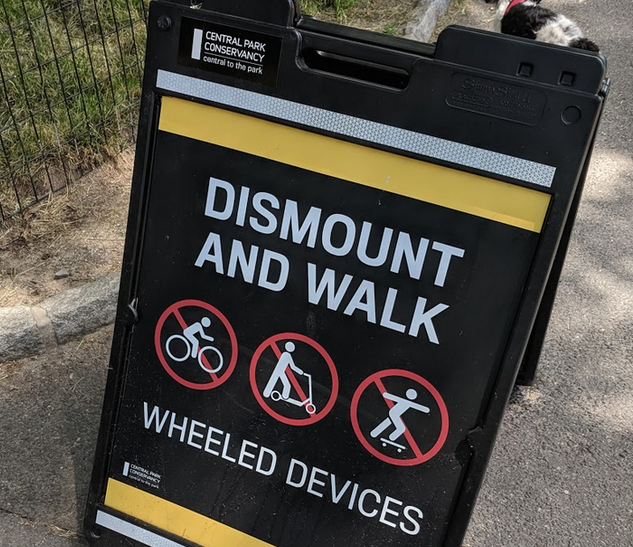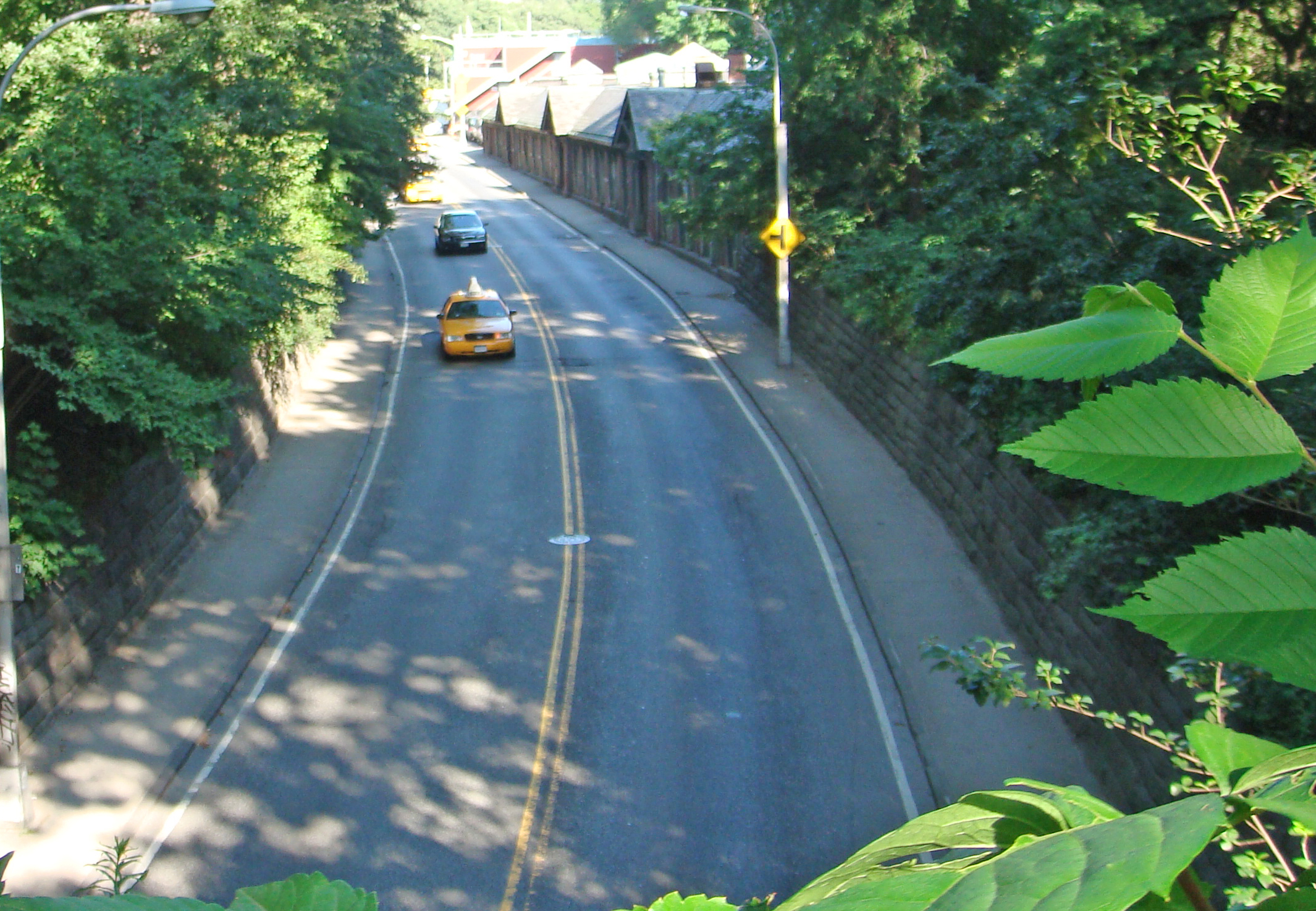Another Manhattan community board joined the chorus of locals who are demanding that the city protect the cyclists and health care heroes riding through Central Park — a call for immediate action that comes after cyclist and beloved local pediatrician Daniel Cammerman was killed by a bus driver on the 96th Street Transverse.
Upper East Side’s Community Board 8 voted 41-1 to demand the Department of Transportation, together with the Central Park Conservancy and Parks Department, immediately draw up plans for safe east-west routes for both cyclists and pedestrians through the green space.
“The unfortunate death of Dr. Cammerman was not an accident. It was inevitable. Let’s not have more people die in Central Park needlessly,” Upper West Sider Andrew Rosenthal said during Wednesday night's virtual CB8 meeting. “This would be a great time to do it — I’m seeing pictures of hospital workers collecting bikes in Queens because this is their preferred method of transit right now and they don't have protected bike lanes near hospitals. We have some but we need more.”
The resolution also asks the city and park stewards to transform the transverse's existing sidewalks into dedicated pathways that separate cyclists and pedestrians, and make minor short-term improvements like installing better lighting, and repairing the crumbling sidewalks and pavement.
“What we’re trying to do is separate bicyclists from pedestrians,” said board member Chuck Warren. “The path is narrow, and also the roads. It’s tricky for everyone, we’re trying to make as safe as possible for everyone involved.”
The additional support comes about two months after a neighboring civic panel, Community Board 7, unanimously passed its own resolution calling on the city to make the park’s paths safer following Cammerman’s death in December.
About a month before Cammerman was killed while biking to his office at Mount Sinai, Rosenthal said he had sent a letter to the Central Park Conservancy asking it for improved bike access — but the letter went unanswered.
“This was foreseeable,” he said.

Cyclists currently have no safe option for crossing the park or crossing upper Manhattan. The transverses — at 96th, 86th, 79th and 65th streets — remain the preferred option for many bike riders instead of designated bike paths through the green space that are hilly, indirect or marked with signs demanding that bikers “dismount and walk.”
Last year, there were 243 reported crashes on the four transverses, injuring 29 cyclists and 16 pedestrians, and killing one cyclist — Cammerman — according to city data compiled by Crashmapper.
And the strengthened call also comes as data from Citi Bike — which is offering health care workers free 30-day memberships — shows increased popularity at stations outside the park next to hospitals. In early April, the single most popular docking station of the 900 citywide was at First Avenue and 68th Street, central to three hospitals: New York Presbyterian, Memorial Sloan Kettering, and Weill Cornell. During the first week of March, that same station ranked only 31st in popularity, Streetsblog previously reported.
Neither the Department Transportation nor Central Park Conservancy responded to requests for comment.






